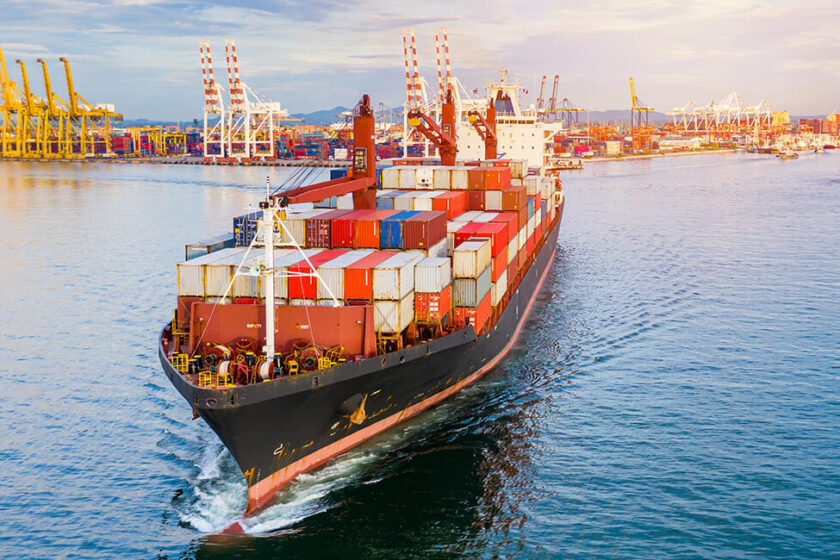Warehousing plays a crucial role in the supply chain, serving as a hub for storing, managing, and distributing goods. As the logistics industry continues to evolve, so too does the future of warehousing. This blog post explores emerging trends and innovations that are shaping the future of warehousing and revolutionizing the way goods are stored and managed.
Automation and Robotics
One of the most significant trends in warehousing is the increasing adoption of automation and robotics. Automated warehouse systems, such as automated guided vehicles (AGVs) and robotic pickers, are revolutionizing warehouse operations by streamlining processes and reducing labor costs. These advanced technologies enable warehouses to operate more efficiently, with higher throughput and accuracy.
Smart Warehousing
With urbanization and the increasing demand for faster deliveries, warehouses are facing space constraints in densely populated areas. Vertical warehousing addresses this challenge by utilizing vertical space to maximize storage capacity. Vertical automated storage and retrieval systems (AS/RS) allow warehouses to store goods in tall, narrow aisles, optimizing space and increasing storage density.
Vertical Warehousing
With urbanization and the increasing demand for faster deliveries, warehouses are facing space constraints in densely populated areas. Vertical warehousing addresses this challenge by utilizing vertical space to maximize storage capacity. Vertical automated storage and retrieval systems (AS/RS) allow warehouses to store goods in tall, narrow aisles, optimizing space and increasing storage density.
Warehouse Robotics and AI
Advancements in robotics and artificial intelligence (AI) are driving innovation in warehouse operations. AI-powered warehouse management systems (WMS) can optimize inventory placement, predict demand, and automate order fulfillment processes. Additionally, collaborative robots, or cobots, work alongside human workers to perform tasks such as picking, packing, and sorting, increasing efficiency and reducing labor costs.
Sustainable Warehousing Practices
As sustainability becomes increasingly important, warehouses are adopting eco-friendly practices to minimize their environmental footprint. From energy-efficient lighting and heating systems to solar panels and rainwater harvesting, warehouses are implementing sustainable solutions to reduce energy consumption and carbon emissions. Additionally, green packaging materials and recycling programs are being implemented to minimize waste and promote sustainability throughout the supply chain.
Conclusion
In conclusion, the future of warehousing is marked by innovation, technology, and sustainability. Emerging trends such as automation, smart warehousing, vertical storage, robotics, and AI are transforming warehouse operations, making them more efficient, flexible, and sustainable. By embracing these trends and innovations, warehouses can stay ahead of the curve, meet evolving customer demands, and thrive in an increasingly competitive market landscape.







This is a useful post for finding broken links within the website, what about links pointing outwards that are broken? I can use a free web service but wondered if this was possible.
Great tool! I am using a redirect plugin to send all my 404’s to my home page but I think it’s slacking sometimes.